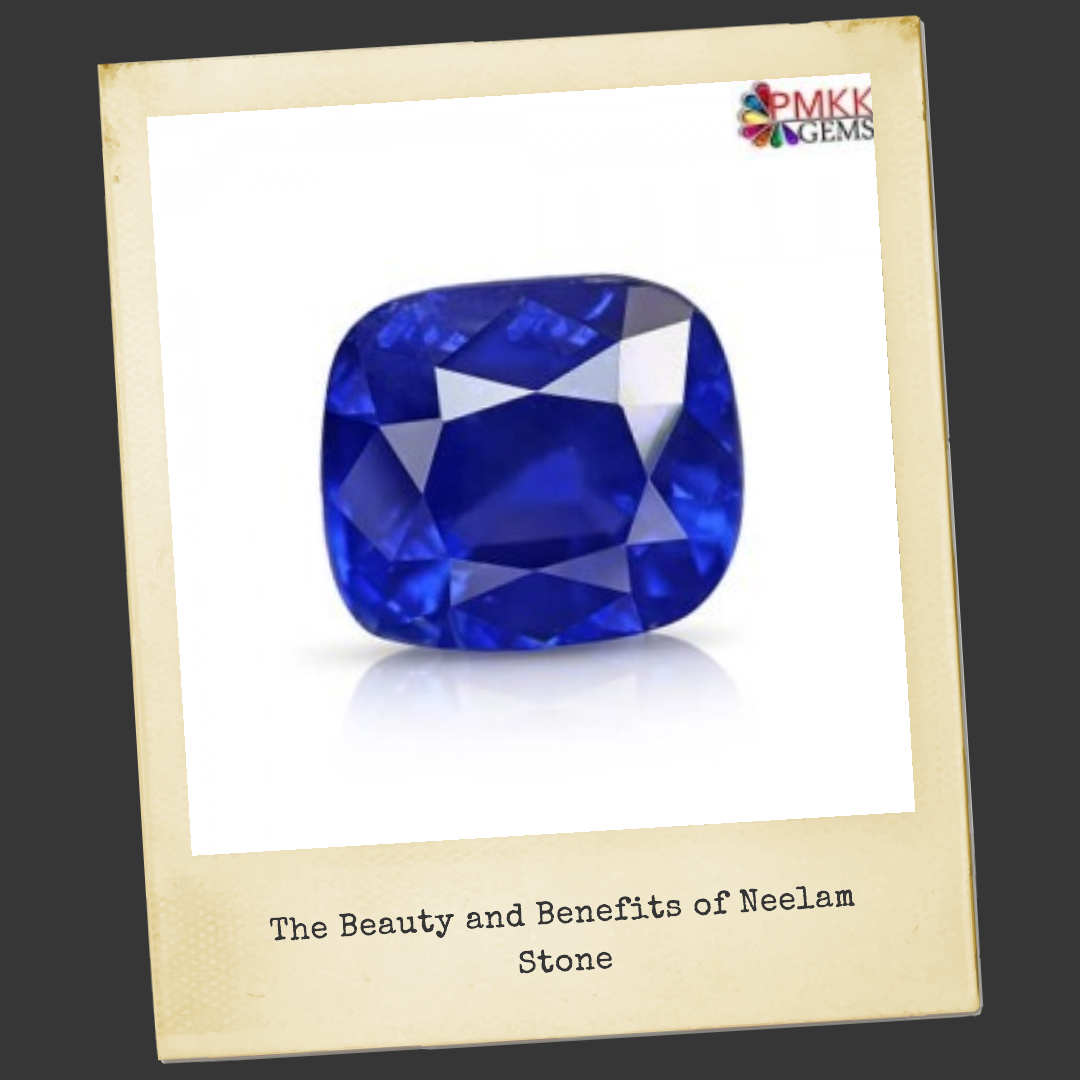Blue Sapphire Stone Knowledge Guide
Blue sapphire is a beautiful gemstone that has been revered for centuries for its striking blue color and its association with wisdom, purity, and good fortune. This gemstone has a long history of use in jewelry and as a talisman, and is still highly sought after today for its beauty and symbolism. In this blog, we will explore the many facets of Blue Sapphire, from its history and cultural significance to its properties and uses in jewelry.
History and cultural significance of Blue Sapphire
Sapphires are one of the most prized gemstones in the world, and blue sapphires are particularly revered for their beauty and rarity. The ancient Persians believed that the sky was painted blue by the reflection of blue sapphires, and the ancient Greeks associated sapphires with wisdom and purity. In Hindu mythology, blue sapphire is associated with the planet Saturn and is believed to bring good fortune and protect against harm. In medieval Europe, blue sapphire was thought to have healing powers and was often used in medicinal remedies.
Properties and characteristics of Blue Sapphire
Blue sapphire is a variety of the mineral corundum, which also includes ruby. It is typically blue in color, ranging from pale blue to deep indigo, and can sometimes have hints of green or violet. The color of blue sapphire is caused by trace amounts of iron and titanium in the crystal structure. The most prized blue sapphires have a deep, rich blue color that is evenly distributed throughout the gemstone.
Blue sapphire is a hard and durable gemstone, with a Mohs hardness rating of 9 out of 10, which makes it an excellent choice for use in jewelry. It is also relatively rare, which adds to its value and appeal. Blue sapphires are typically found in Sri Lanka, Burma, and Madagascar, although they can also be found in other parts of the world.
Uses in jewelry
Blue sapphire is a popular choice for use in all types of jewelry, from rings and earrings to necklaces and bracelets. It is particularly well-suited for use in engagement rings, where its durability and symbolism make it a popular choice. Blue sapphires can be set in a variety of metals, including gold, platinum, and silver, and can be used in both classic and modern designs.
One of the most famous examples of blue sapphire in jewelry is the engagement ring that belonged to Princess Diana, which is now worn by her daughter-in-law, Kate Middleton. The ring features a large blue sapphire surrounded by diamonds, and is valued not only for its beauty, but also for its historical significance.
In addition to its use in jewelry, blue sapphire is also used in other applications, such as watch faces, optical components, and scientific instruments. Its hardness and durability make it an excellent choice for these applications, where it needs to withstand wear and tear and maintain its clarity over time.
Conclusion
Blue sapphire is a beautiful and valuable gemstone that has captivated people for centuries. Its rich history and cultural significance, combined with its striking color and durability, make it a popular choice for use in jewelry and other applications. Whether you are looking for a stunning engagement ring, a classic piece of jewelry, or a unique talisman, blue sapphire is a gemstone that is sure to captivate and enchant you for years to come.
.png)
Comments
Post a Comment